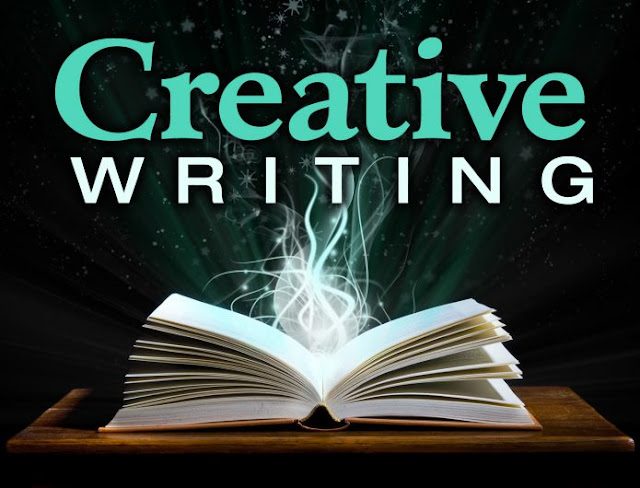How to Create a Monologue
How to Create a Monologue (Easy and Simple) from HobbyLark
Monologues have been around for years and years.
There are two different simple ways you could create your own monologue.
- Write it from scratch.
- Use an already made one and change it around.
In these simple steps I will show you how to write a script from scratch.
Things to Remember:
- In a monologue, you are the only actor/actress.
- Do not confuse the audience.
- It should be clear and easy to understand.
- You should take the audience on some type of journey.
- Aim for something new.
- Your character should be someone who intrigues you to take on.
- In regards to timing, don't rush yourself, but don't pause for a long time.
Steps to Creating a Dramatic Monologue
- Think up a character.
- Create a character profile.
- Begin your script.
- Edit your monologue.
Step One:
Think up the type of character you want. You don't necessarily need to know much about them at this stage. You could do this by standing in front of a mirror holding a position of your made up character or even talking gibberish and testing out different facial expressions, voice, and movement. Another good starting point is to base your character on someone you know, or some TV star you see as an inspiration.
Step Two:
Now that you have some idea of a character in mind, it's time to create a character profile. A character profile should include the following:
Name: The name and all nicknames of your character should be placed here.
Biography: A brief overview of your character should be written out here. These prompts should be used as a jumping off point. The key is to delve into your character's past, present and future.
- Age: Child, teen, mid 20s, middle-aged.
- Facial Expressions: Angry, sad, happy, chagrined.
- Hair: Neat/messy, up/down, long/short.
- Clothing Style: Casual, posh, formal, grungy.
- Speaking Style: Shy, loud, accent, slang.
- General Demeanor: How they come across to other people.
- Career: What they are, work as, or get paid for doing.
- Hobbies: What they enjoy doing.
- Likes: What they like.
- Dislikes: What they hate.
Step Three:
Begin your script writing.
With a detailed 'Character Profile,' you should find your path from here simple and easy.
You should begin paying most of your attention to the past, present, and future parts of your character profile. This should show your character's life already planned out.
- Start by taking a part from your character's past and creating a flashback scene from it.
- Transitions are very important. Be creative: pause for a second and let something happen or do something such as putting a hood on or off.
- Next, you should be able to know what your monologue is about. Once you do you should open up 'Word' or any other typing page and start writing out your monologue script.
Again you should keep in mind or have a copy of your character profile near you at all times.
- Start by introducing your character, in character, to the audience. You could use an aside: an aside is when your character speaks their mind to the audience.
- Next briefly allow the audience to know what situation you are in or what message you are trying to get across in your performance. Take the audience with you on your own journey depending on what you have created so far.
Example: OH GOD NO! I heard him pull up the driveway again, dad pull up the drive way again. Door opening. Glass smashing. Feet stumbling. Him stumbling. Dad crashing towards the door. Banging. Dad banging. Dad banging harder...
- This could indicate that your dads come back home once again drunk or drugged where you could play out the role of either the child or wife.
- Further down in your script you should have played out already all the important key facts you needed to get your chosen message across or what you wanted the audience to see whether it be a mental journey or a physical one.
- Last you should end your monologue script smoothly. Not just by pausing and finishing with the audience with unanswered questions.
Step Four:
Make sure to edit your script a few times after you have finished it. Draft it and keep on going until you are happy with it. Only once you're happy with what you have and it checks all those TO REMEMBER points in the list at the top should you consider it a final draft.


Comments
Post a Comment